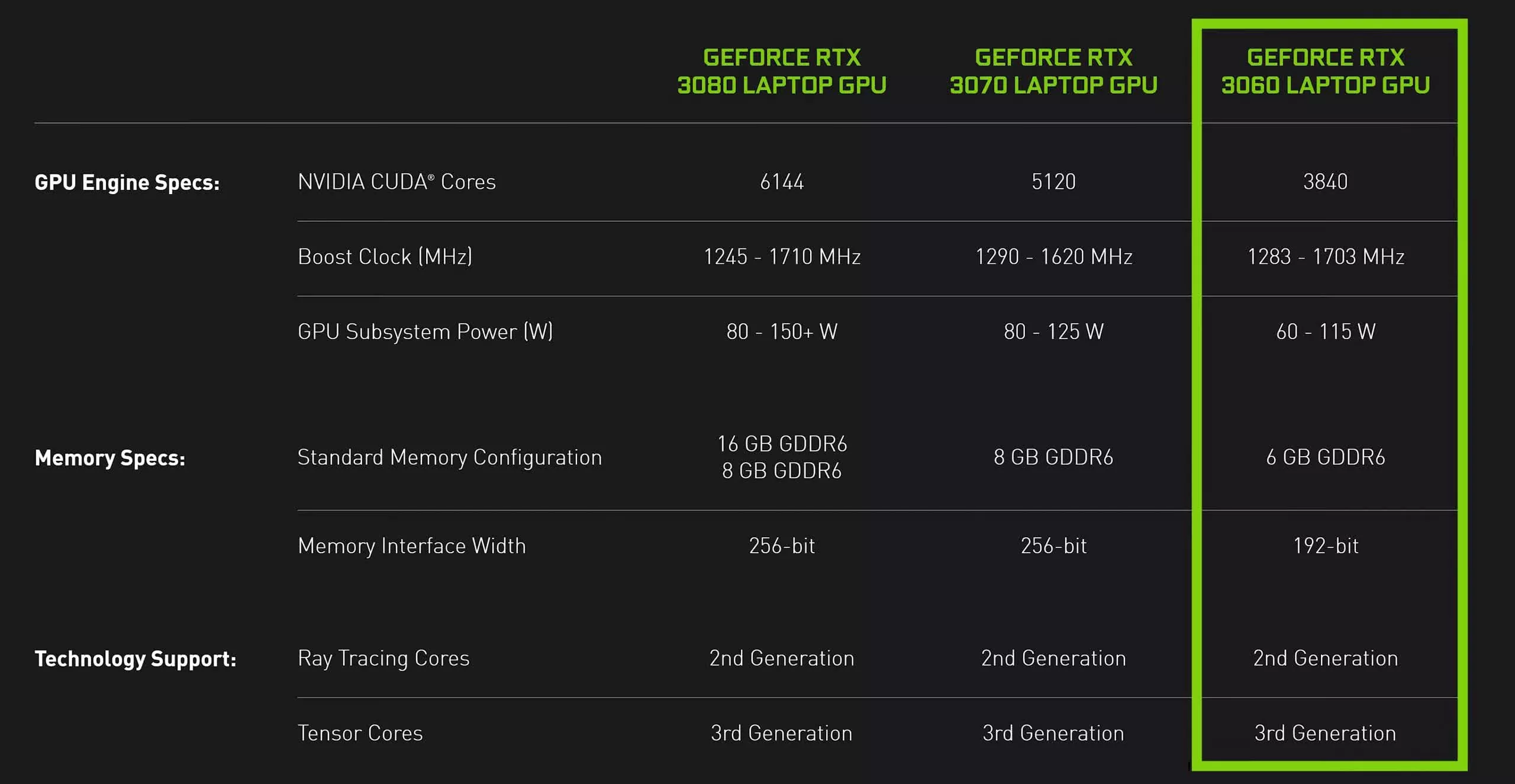Graphics Processing Unit Specs 101: Things All Technology Aficionado Must Know

In the dynamic world of technology, graphic cards have become a bedrock for enthusiasts and professionals alike. Understanding GPU specifications is essential for those looking to assemble a robust gaming rig, participate in graphic design, or venture into machine learning. With so many choices available, it can be overwhelming to make sense of what the numbers and terms actually mean. This guide seeks to explain GPU specs and prepare you with the information to make informed decisions.
Starting with core counts to memory bandwidth, each attribute depicts a piece of the picture that shapes a GPU's abilities. Whether you are striving for high frame rates in the latest video games or pursuing efficiency for intense computational tasks, understanding how to interpret and understand these specs is key. Come with us as we break down the key components of GPU specifications and underscore what all tech enthusiast should understand to improve their grasp and expertise.

### Grasping Graphics Processing Unit Design
A structure of a GPU, or GPU , serves a vital role in its performance and functionalities. Fundamentally, a GPU is built of many small compute units known as stream processors, that are intended to execute multiple tasks at once. This capability of parallel processing enables GPUs to thrive in applications like video games and rendering , in which a lot of calculations must occur at once . The architecture also defines how these cores interact with the memory system and each other , which can considerably affect processing performance.
Another important feature of GPU architecture is the memory interface . The type and volume of graphics memory, along with the bandwidth of memory, directly influence the GPU's capability to keep and rapidly access data. Contemporary GPUs utilize fast memory technologies such as GDDR6 or HBM2 memory , which help in boosting the overall throughput . Understanding the hierarchy of memory, which includes the cache levels , is crucial for comprehending how a GPU handles extensive datasets and complex graphical tasks .
Lastly , the design encompasses different technologies that enhance performance, such as ray tracing and accelerated AI. Ray tracing , for instance, replicates realistic illumination and shadowing in 3D rendering, while AI-enhanced processing can boost image quality and response times in games . These functionalities are often present in modern GPU models, signifying advancements in architecture and capabilities. Understanding these structural elements is vital for tech enthusiasts that want to make informed decisions about their graphics hardware .
Key Specs Explained
When examining GPU specs, one of the most crucial aspects to consider is the GPU architecture. This specifies how efficiently the processor handles tasks and the capabilities that are available. More recent architectures typically offer superior performance per watt, which implies they can deliver better gaming and rendering experiences while minimizing excessive power. Grasping the design helps enthusiasts evaluate the potential of a GPU in real-world applications.
An additional key specification is the amount of video memory, or VRAM, which is crucial in gaming performance, particularly at higher resolutions. Additional VRAM allows a GPU to keep larger textures and handle more complex scenes without lag. For gamers or content creators working with 4K resolution, a GPU with adequate VRAM is crucial to maintain steady performance and image quality.
Clock speed is also an essential factor to consider, as it shows how many operations a GPU can carry out per second. Quantified in gpuprices.ai (MHz) or gigahertz (GHz), greater clock speeds often result in better performance. However, it is important to look at this specification in conjunction with others, such as the number of cores or shaders, to fully understand the GPU's capabilities.
Deciding on the Right GPU for Your Needs
Choosing the right GPU is essential to make sure that you achieve the performance you desire for your specific use case. Reflect on what you intend to use the GPU for, such as gaming, media production, or professional applications like machine learning or design work. All of these activities has varied performance needs, and paying attention to the GPU specifications related to your use situation will aid streamline your possibilities.
When assessing GPUs, focus on critical specifications such as memory size, memory type, and core count. For gaming, a increased memory size and speedier memory type can offer more fluid gameplay and superior performance at increased resolutions. If you are into media production, particularly film editing or three-dimensional rendering, look for GPUs with a robust architecture that can manage heavy workloads seamlessly, as well as a satisfactory amount of VRAM to manage substantial files and intricate projects.
Additionally, take into account the fit of a GPU with your current hardware. Check your power supply's energy capacity and connectivity options. Also, ensure that the GPU is suitable within your case and that your motherboard can accommodate it. By considering these crucial factors together with your individual needs, you can guarantee that you choose a GPU that will provide the performance you require free from limitations.
